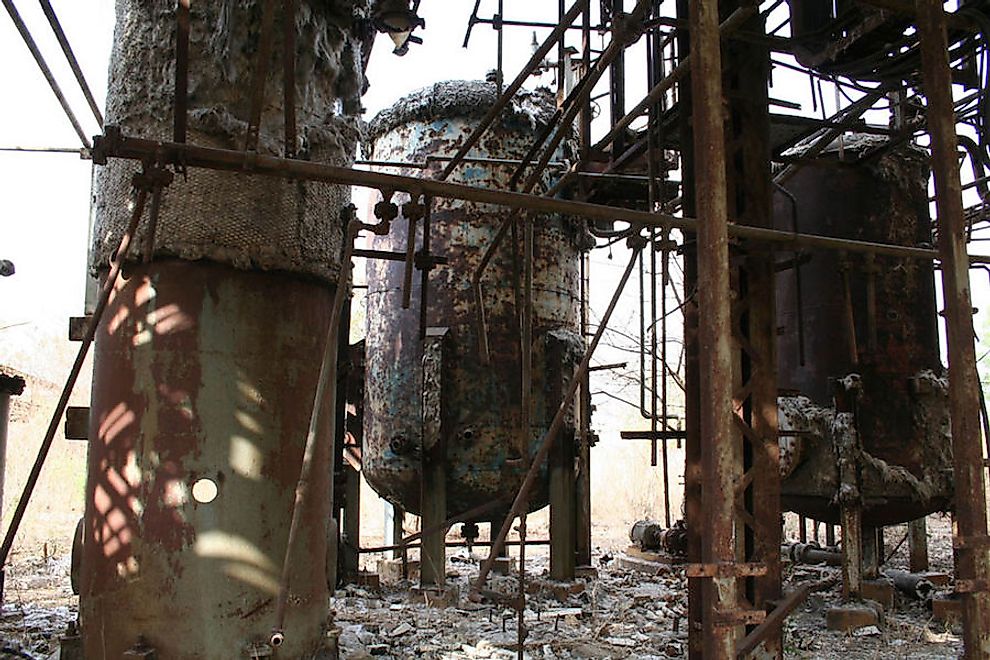The Bhopal Gas Leak Disaster

A Brief Overview
On the night of December 2 and 3, 1984, methyl isocyanate (MIC) gas and other chemicals leaked from a pesticide plant located in Bhopal, Madhya Pradesh, India. It is considered to be the worst industrial disaster of all time. The plant was managed, operated, and owned by the company Union Carbide India Limited (UCIL). The site of the pesticide plant was bordered by high-density shanty towns resulting in over 500,000 people getting exposed to highly toxic chemicals and gasses. There are different estimates on the number of casualties due to poisonous gas. The immediate death toll was officially estimated at 2,259 while the government confirmed a total death toll of 3,787 related to the toxic chemical and poisonous gas release. In 2006, a government affidavit indicated that the total injuries from the gas leak was about 558,125 people inclusive of 3,900 who suffered permanent and severe disability, while 38,478 people received temporary partial injury. There are other estimates that put the death toll at 8,000 in a span of two weeks and more than 8,000 who died later from diseases related to gas poisoning.
Events Preceding The Release Of The Toxic Gas
The UCIL pesticide plant in Bhopal comprised of three underground storage tanks with 15000 gallons of liquid MIC. Months before the incident the production of MIC liquid was in progress and was being filled with the three tanks labeled E619, E611, and E610. According to the UCC safety and regulatory guidelines, it is specified that a tank should not be filled with more than 50% of MIC liquid. Each of the storage tanks was pressurized with inert nitrogen gas, which allowed the liquid to be pumped out of the tanks if the need arose. Two months before the gas leak, tank E610 started losing its ability to contain most of the pressurized nitrogen gas, which meant the liquid MIC could not be properly pumped out. Following the tank's inability to contain the chemical, the plant was shut down for maintenance. Tank E610 still contained about 42 tons of liquid MIC.
The Release Of The Lethal Gas
At around 11:00 pm on December 2nd, 1984 an employee working in the plant as an operator noticed a small gas leak and an increase in pressure in the E610 tank. A safety device system used to neutralize the poisonous discharge from the MIC tanks had been disconnected weeks before the incident. It is believed that water for cleaning the internal pipes found its way into E610 and mixed with the 42 tons of liquid MIC that were still contained in the tank. The plant's cooling system had also been shut down, resulting in an increase in temperature and pressure caused by the exothermic reaction. The gas flare safety system had been out of order for months and was not in working condition. Due to hesitation by plant operators, lack of proper safety devices and communication, the condition got worse and sometime around 1:00 am MIC gas had already clouded the air in the neighboring streets.
The Horrifying Events That Followed
By early morning, both human and animal carcasses were scattered in the streets of Bhopal, most of them coming from the low income neighborhoods near the plant. The leading cause of deaths included respiratory issues, cerebral edema, pulmonary edema, tubular necrosis, circulatory collapse among others. Symptoms of exposure included severe eye irritation, vomiting, breathlessness, suffocation, stomach pains, a burning sensation in the respiratory tract and coughing. Local hospitals soon experienced an influx of patients who had been exposed to MIC. The hospitals flooded and were understaffed. The crisis was further compounded by the fact that the medical staff had no knowledge of the gas, what effects it had or even an antidote to cure the affected. The Bhopal gas leak was thus classified as history's worst chemical disaster, with the name of this disaster being associated with industrial catastrophe since then.











